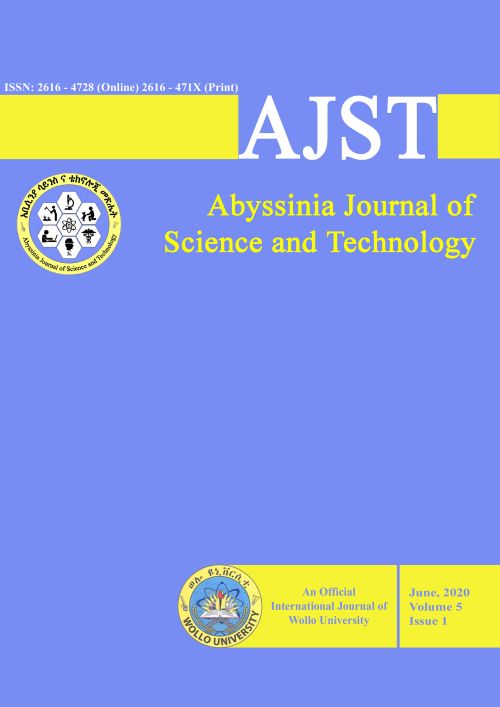Main Article Content
Effect of different concentrations of acetic acid on water hyacinth [Eichhornia crassipes (Mart.) Solms], aquatic life and physicochemical properties of water under pond conditions
Abstract
The experiment was conducted in concrete ponds under a screen house built on the lakeshore of Lake Tana to study the effect of different concentrations of acetic acid on water hyacinth, aquatic life, and the water quality. In each pond, 16 young water hyacinth plants and 12 Nile tilapia individuals were introduced. The ponds were 6 m3 in volume and filled with water pumped from Lake Tana to simulate the natural environment. The treatments were prepared as 0% (control), 5%, 10%, 15%, and 20%, each treatment was replicated three times in the same pond. Increasing acetic acid concentrations progressively suppressed water hyacinth growth and development whereas it didn’t affect the survival of the Nile tilapia but reduced water quality. Spraying 20% concentration of acetic acid leads to entire damage of water hyacinth within a short time, whereas the application of 15% and 10% concentration of acetic acid permitted the production of new daughter plants for another infestation and needed subsequent spraying, while 5% was less effective. Therefore, using a 20% concentration of acetic acid was recommended for controlling water hyacinth.







